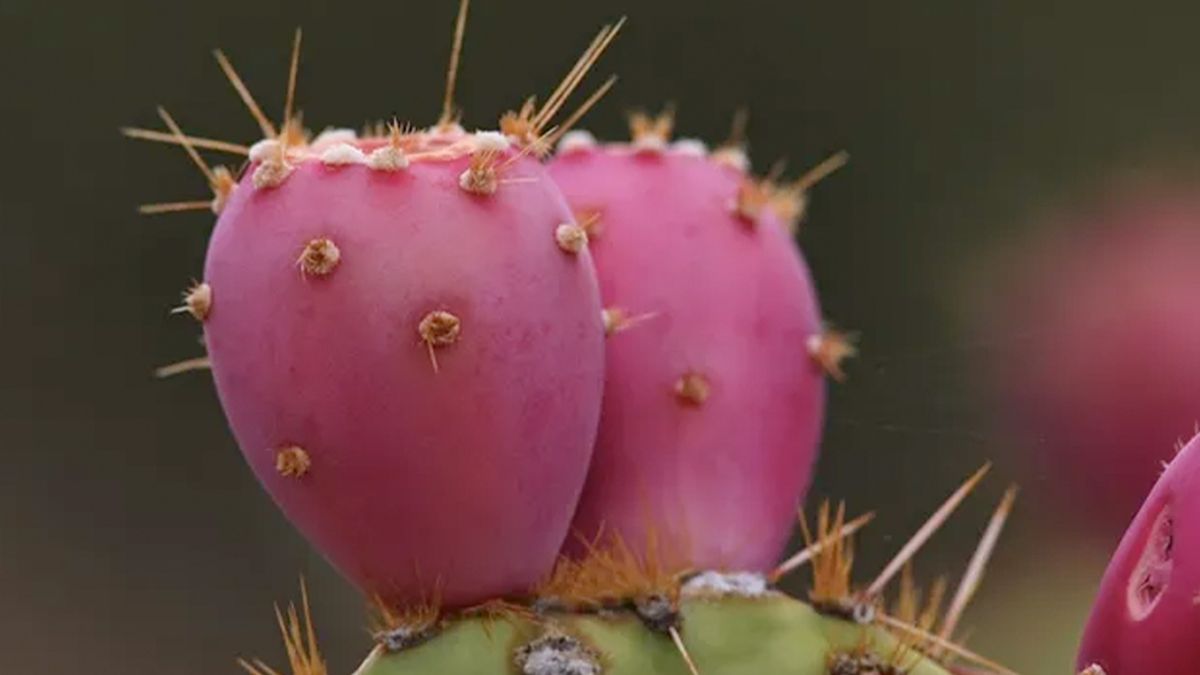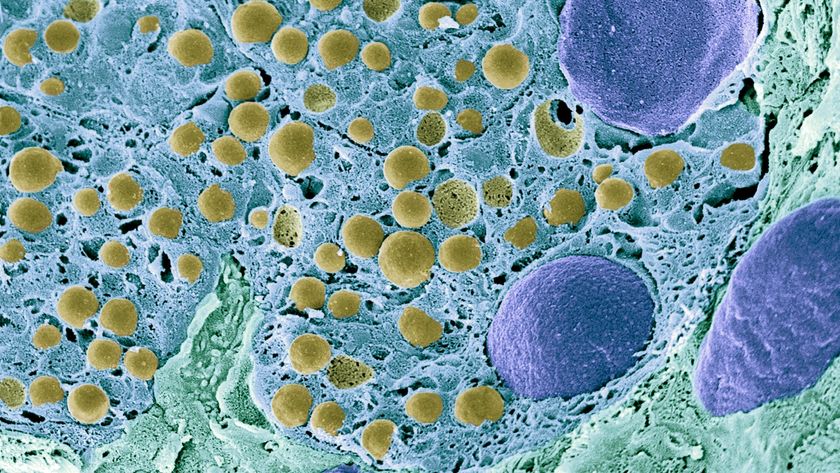Ancient Poop Gives Clues to Modern Diabetes Epidemic

The ancient Native Americans of the desert Southwest subsisted on a fiber-filled diet of prickly pear, yucca and flour ground from plant seeds, finds a new analysis of fossilized feces that may explain why modern Native Americans are so susceptible to Type II diabetes.
Thousands of years of incredibly fibrous foods, 20 to 30 times more fibrous than today's typical diet, with low impact on the blood sugar likely left this group vulnerable to the illness when richer Anglo foods made their way to North America, said study researcher Karl Reinhard, a professor of forensic sciences at the University of Nebraska-Lincoln.
"When we look at Native American dietary change within the 20th century, the more ancient traditions disappeared." Reinhard told LiveScience. "They were introduced to a whole new spectrum of foods like fry-bread, which has got a super-high glycemic index."
The glycemic index of a food is a measure of how fast its energy is absorbed into the bloodstream. It's measured on a scale of 1 to 100, with 1 being the slowest absorbing with the least effect on blood sugar. The native people who lived in the deserts of Arizona would have likely eaten traditional stews with glycemic indexes around 23, Reinhard found. Foods scoring lower than 55 are considered "low-GI" foods. [7 Perfect Survival Foods]
Modern food and modern disease
Members of Southwest Native American tribes are more susceptible than Caucasians to Type II diabetes, which happens when the body either doesn't produce enough insulin to break down sugar from food, or when the body's cells fail to recognize the insulin it does produce.
Researchers have long hypothesized that a "thrifty gene" (or, more likely, genes) acquired through feast and famine makes Native American populations more prone to this chronic disease. The idea is that people who were able to rapidly adapt to both lean times and times of plenty would have done better in ancient times. Today, the modern diet has rendered famine rare in the developed world, but the body continues to respond to times of plenty as if starvation is around the corner. Diabetes and obesity can result.
Sign up for the Live Science daily newsletter now
Get the world’s most fascinating discoveries delivered straight to your inbox.
Reinhard and his colleagues now suggest that feast and famine may not be necessary for the "thrifty gene" hypothesis to make sense. Basically, Reinhard said, an extremely low-calorie, high-fiber diet made the ancient Native American gut a paragon of efficiency. With the arrival of whites, the diet changed faster than physiology could keep up with it. In other words, the digestive system didn't evolve for abundant, high-GI foods.
High-fiber diet
To find solid evidence of what ancient Southwestern tribes actually ate, Reinhard turned to what he called "the most intimate residues from archaeological sites" — fossilized poop. Known as coprolites, these fossils contain a record of their creator's most recent meals.
The researchers analyzed 25 coprolites from Antelope Cave in northwestern Arizona, a dwelling that was seasonally occupied for thousands of years. These particular coprolites (20 of which turned out to be human) date back to at least A.D. 1150 and earlier. The dates make the cave a perfect time to look at the transition from a total hunter-gatherer lifestyle to one supplemented by some agriculture, Reinhard said.
"It bridges two different dietary traditions, one which has been around for several thousands of years with one that was relatively newly introduced at the time the cave was occupied," he said.
The analysis revealed that these ancient people chowed down on flour made from maize and wild sunflower and other seeds, as well as on fibrous succulent plants such as yucca and prickly pear. This diet was higher fiber than anything modern people eat. The feces were three-quarters fiber by volume, Reinhard said, and these Native Americans were probably eating between 200 and 400 grams of the indigestible stuff per day. For comparison, the Institute of Medicine recommends 25 grams of fiber a day for the modern woman, and 38 grams for men. The average adult manages only about 15 grams. [8 Reasons Our Waistlines Are Expanding]
Modern agriculture has favored plants with less fiber, Reinhard said, so even the ancient tribes' maize would have been more fibrous than the corn we eat today.
"When I was a young researcher I tried to replicate this diet, and it was impossible," Reinhard said. "I was essentially eating all day to try to get this fiber."
Evolving diets
In addition, Reinhard and his colleagues reported in the August issue of the journal Current Anthropology, the Southwest Native American diet had a very low glycemic index. Prickly pear pads, a common staple, rate only a 7 on the 100-point GI scale. The highest-GI food these tribes would have had was maize, the researchers found, which would fall at about 57 on the scale — just two points shy of qualifying as a "low-GI" food today. (Modern sweet corn on the cob has a GI of 60; processed foods like white rice and bagels are in the 90-95 range.)
In addition, prickly pear has a known blood-sugar-lowering effect, Reinhard said. Agave and yucca plants would have also had minimal effect on the blood sugar while providing yet more fiber. Rabbit, including bone fragments, was also found in the fecal fossils.
"The change we have undergone over generations has been toward less appreciation of really resistant foods and more toward what is called a 'Pablum' diet," Reinhard said. "It's kind of like going from chewing on pumpkin seeds to chewing on oatmeal."
The diet seen in the desert Southwest up to just 1,000 years ago is likely similar to what people ate the whole world over up until about 15,000 years ago, Reinhard said. And then humans invented agriculture, cultivating wheat, millet, rice and other grains.
"These plants, as they were cultivated, replaced the really, really ancient foods that everybody ate thousands and thousands of years ago with calorie-dense foods, or grains that could be turned into calorie-dense foods like grains, rice cakes, and, of course, alcoholic beverages," Reinhard said.
Follow Stephanie Pappas on Twitter @sipappas or LiveScience @livescience. We're also on Facebook & Google+.

Stephanie Pappas is a contributing writer for Live Science, covering topics ranging from geoscience to archaeology to the human brain and behavior. She was previously a senior writer for Live Science but is now a freelancer based in Denver, Colorado, and regularly contributes to Scientific American and The Monitor, the monthly magazine of the American Psychological Association. Stephanie received a bachelor's degree in psychology from the University of South Carolina and a graduate certificate in science communication from the University of California, Santa Cruz.
Most Popular




